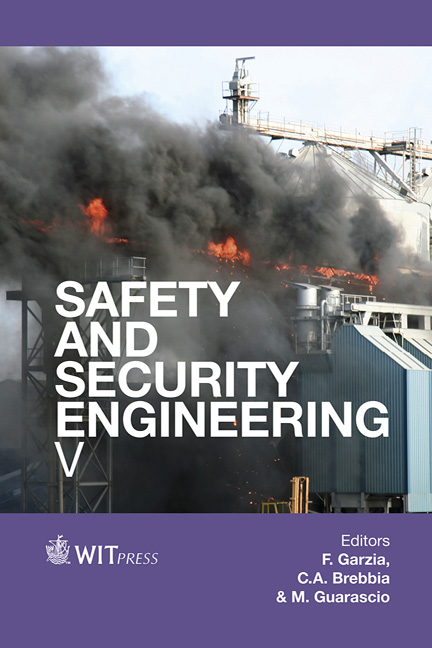Seismic Behavior Of A Precast Hollow Core Wall Under Biaxial Lateral Cyclic Loading
Price
Free (open access)
Transaction
Volume
134
Pages
11
Page Range
815 - 825
Published
2014
Size
416 kb
Paper DOI
10.2495/SAFE130721
Copyright
WIT Press
Author(s)
N. H. Hamid & K. D. Ghani
Abstract
The seismic performance of two geometrically similar precast concrete hollow core walls are investigated experimentally under biaxial lateral cyclic loading. Two wall specimens are detailed with steel-armouring at their base-to-foundation interfaces including supplementary unbonded post-tensioned prestress, fuse-bars and mechanical energy dissipators. Wall 1, with a fixed location of bonded fusebars and unbonded tendons, is tested under various biaxial load paths including \“4-leaf clover” and \“double 4-leaf clover” patterns. Wall 2 is similarly tested with two different configurations of unbonded tendons, unbonded fuse-bars and steel mechanical energy dissipators. A shaking table is used in slow motion to perform the reversed cyclic in-plane and out-of-plane bi-lateral quasi-static experiments. Test results show that both walls perform very well under various load paths without any discernible structural damage up to 2.0% wall drifts. It is concluded that for initial design equivalent viscous damping of 10% may be adopted to accommodate the effects of hysteretic behaviour. Keywords: bi-lateral loading, steel-armouring, fuse-bars, unbonded posttensioned tendons, equivalent viscous damping, mechanical energy dissipators.
Keywords
bi-lateral loading, steel-armouring, fuse-bars, unbonded posttensioned tendons, equivalent viscous damping, mechanical energy dissipators





